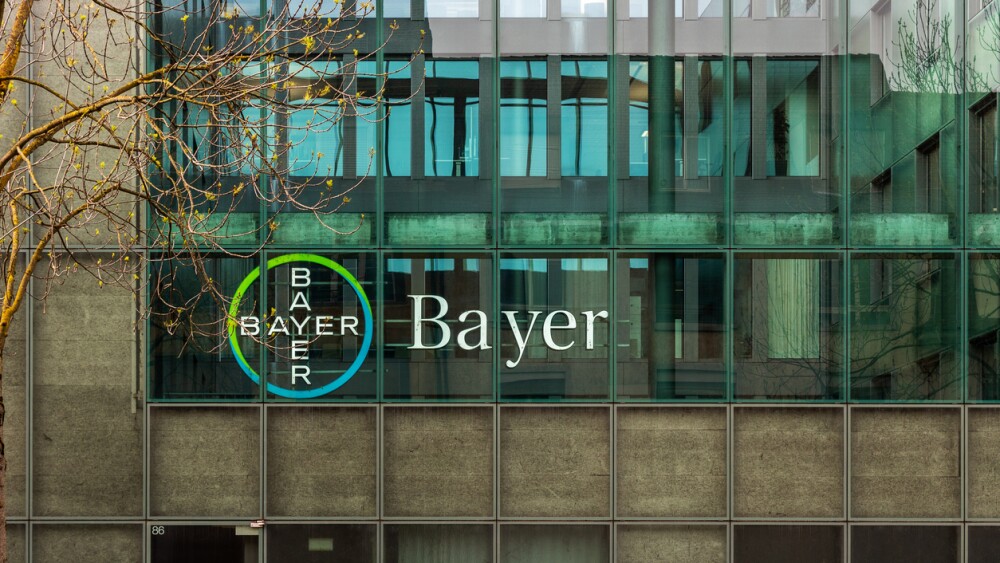The approvals come as a pleasant surprise for Regeneron, analysts say, helping bolster the overall product profile of high-dose Eylea despite outstanding manufacturing concerns.
Regeneron’s high-dose Eylea picked up two FDA approvals in one day: one allows for the treatment of macular edema following retinal vein occlusion and another opens up a monthly dosing option across all the existing indications of the eye injection.
The approvals, announced Wednesday, were seen as positives across the board. Writing to investors on Wednesday evening following the approvals, Leerink Partners analysts called the approvals a “pre-holiday surprise” that puts Eylea HD “on better footing” in the market.
BMO Capital Markets agreed, saying that the FDA’s decision “comes as a welcome surprise” and “reads as a clear positive” for Regeneron. The addition of these two indications to Eylea HD’s label, “meaningfully improves the product’s profile,” the group added, in turn helping doctors be more flexible with their treatment regimens.
Supporting the RVO approval are findings from the Phase III QUASAR study, which in December 2024 showed that patients treated with high-dose Eylea achieved best-corrected visual acuity of 72.8 letters at 36 weeks. Those dosed with regular Eylea, in comparison, hit 72 letters in the same time span. The visual gains in the high-dose arm were non-inferior to the standard dose.
The high-dose injection also had a comparable safety profile to the standard-dose drug, with common side effects including increased intraocular pressure, blurred vision and cataracts.
According to Leerink, the RVO approval “expands the addressable market” of the drug to include around 18% of patients being treated with anti-vascular endothelial growth factor (VEGF) injections, where the high-dose formulation of Eylea had previously been unable to compete.
Meanwhile, the Q4W expansion of high-dose Eylea will open up its use to “patients who do not maintain adequate disease control on extended intervals,” Leerink said. From a clinician’s perspective, the monthly schedule is “critical,” BMO added, since it gives doctors more confidence that patients will continue to be covered by their insurance plans even if their treatment changes down the line.
“Many physicians remain hesitant to start patients on treatment without Q4W approval out of fear that they will not receive reimbursement if their patient needs to move to more frequent dosing,” BMO explained.
Wednesday’s approvals come amid continued manufacturing concerns at a Novo Nordisk factory in Indiana, where high-dose Eylea is produced. Last month, the FDA gave the plant its Official Action Indicated classification, which is reserved for facilities that have an “unacceptable state of compliance” with good manufacturing practices. The violations include unaddressed contaminations and poor reporting mechanisms.
During its third-quarter earnings call in October, Regeneron revealed that the FDA officially rejected its application for a pre-filled syringe for high-dose Eylea. The pharma provided an update on that formulation Wednesday, noting that it “continues to coordinate” with the facility to address the FDA’s observations. The company is also working to add an alternate filler for the pre-filled syringes, with an application to the FDA expected in January next year.






